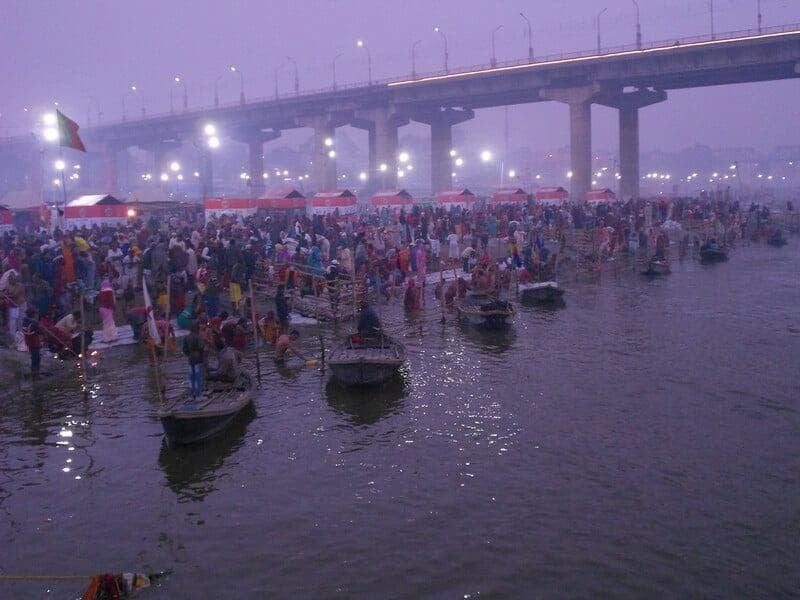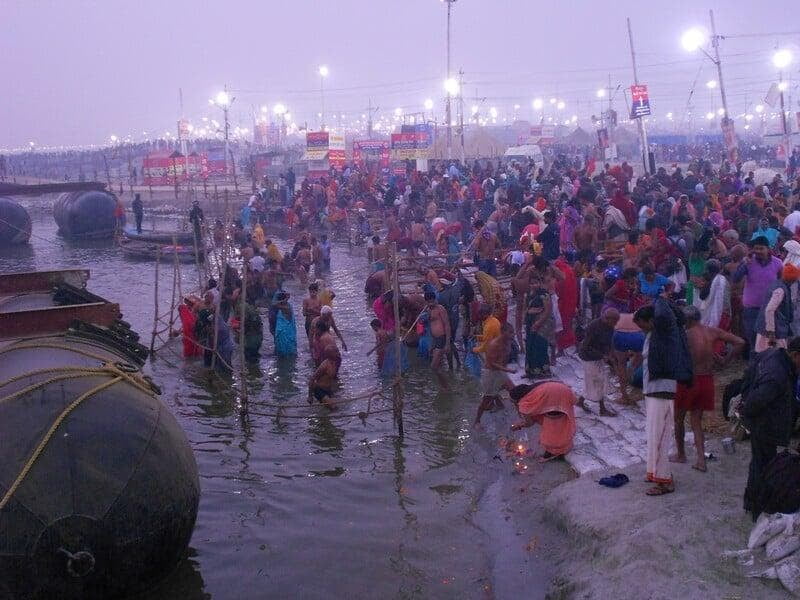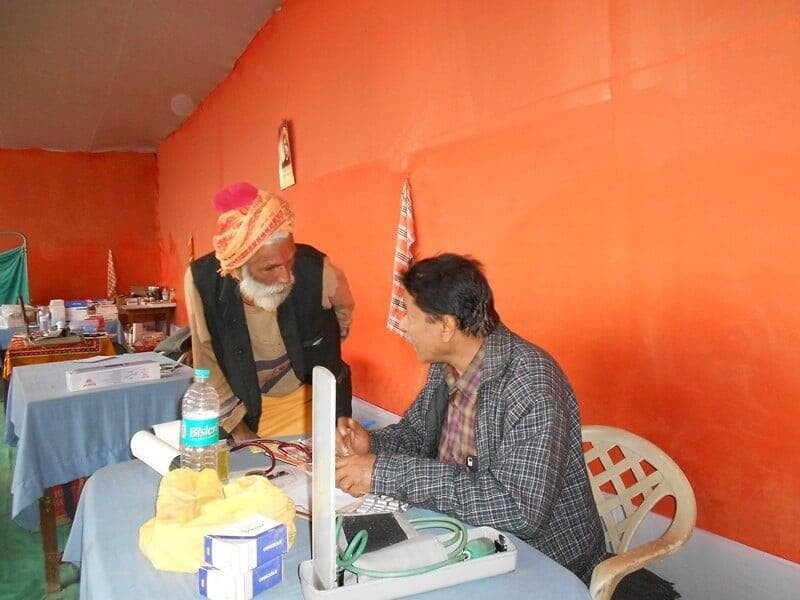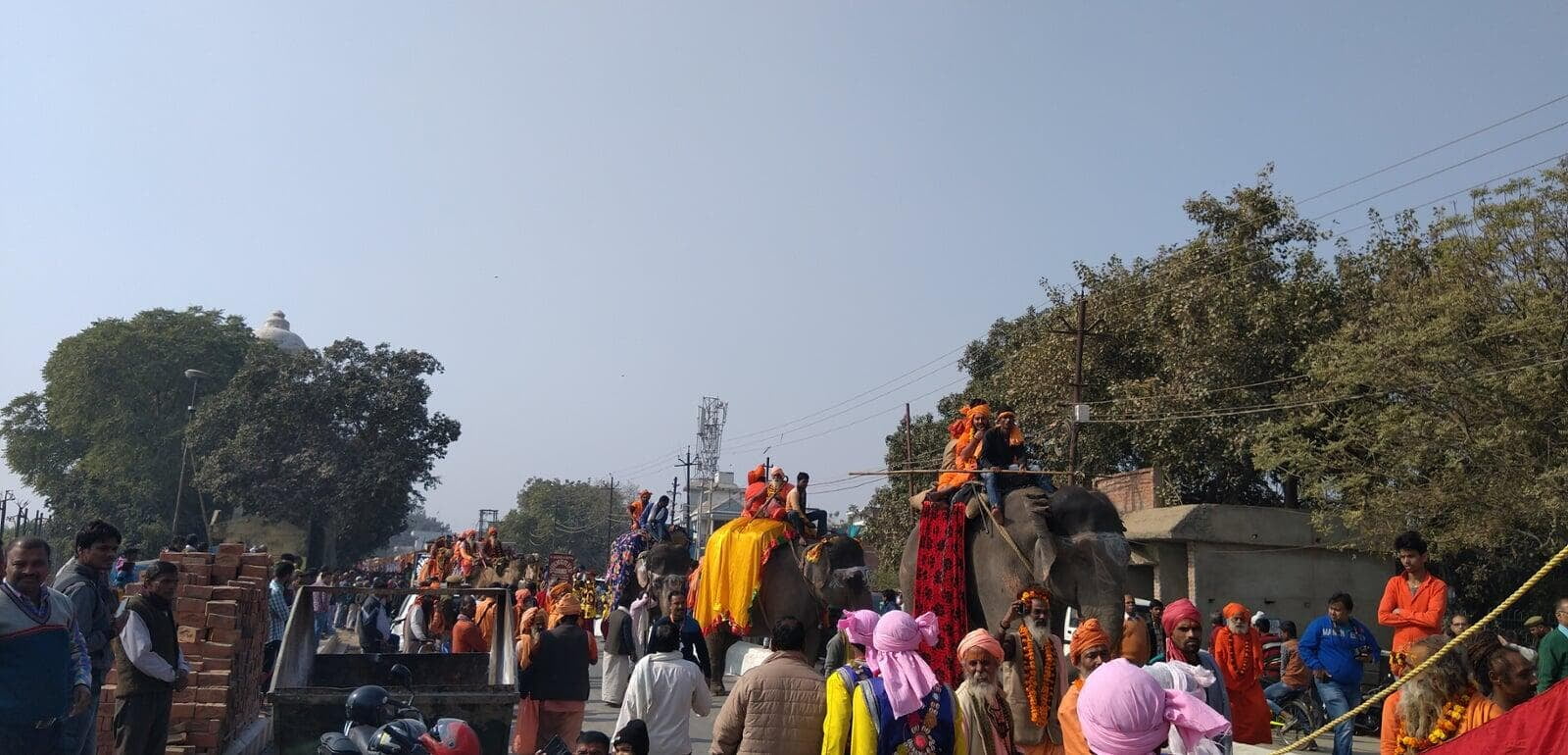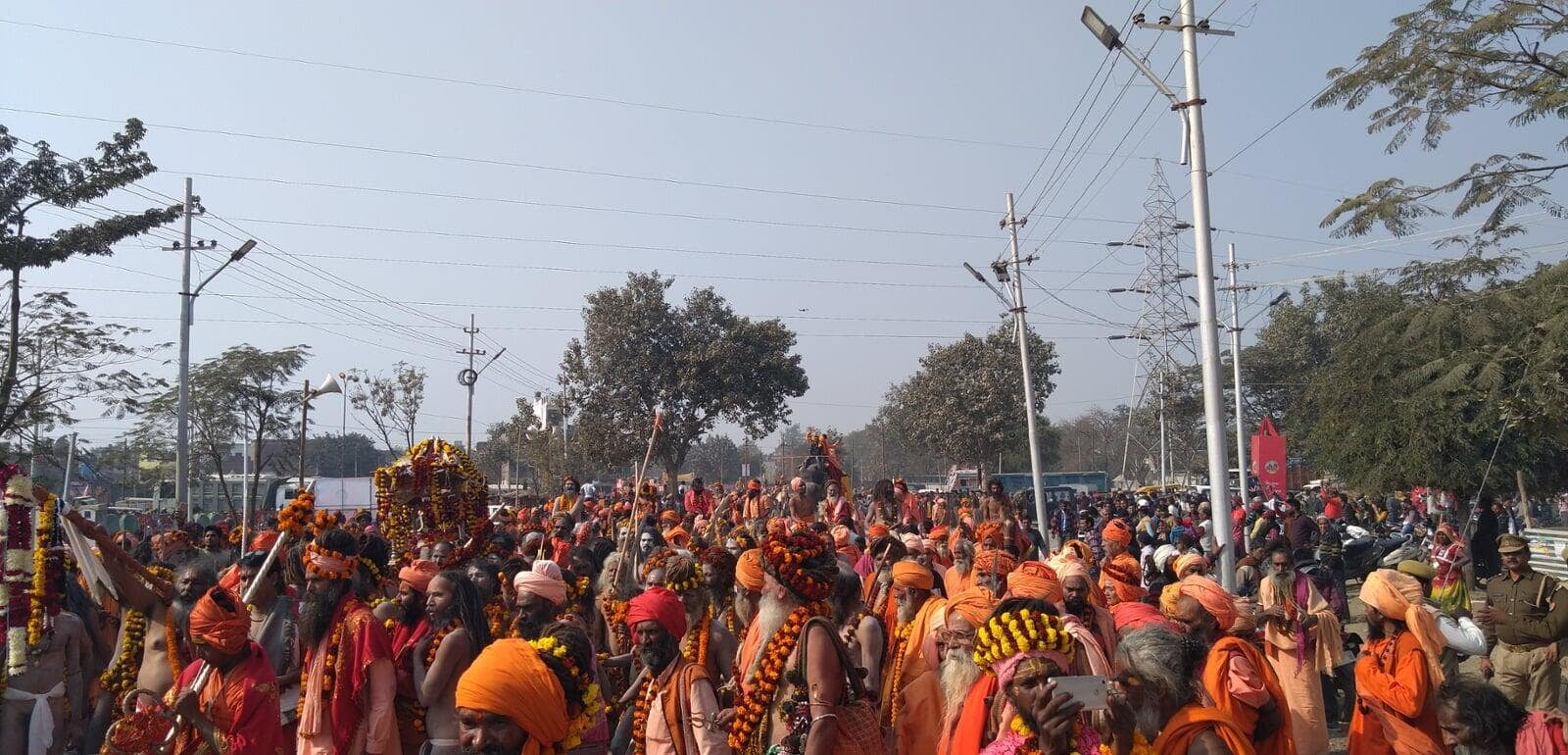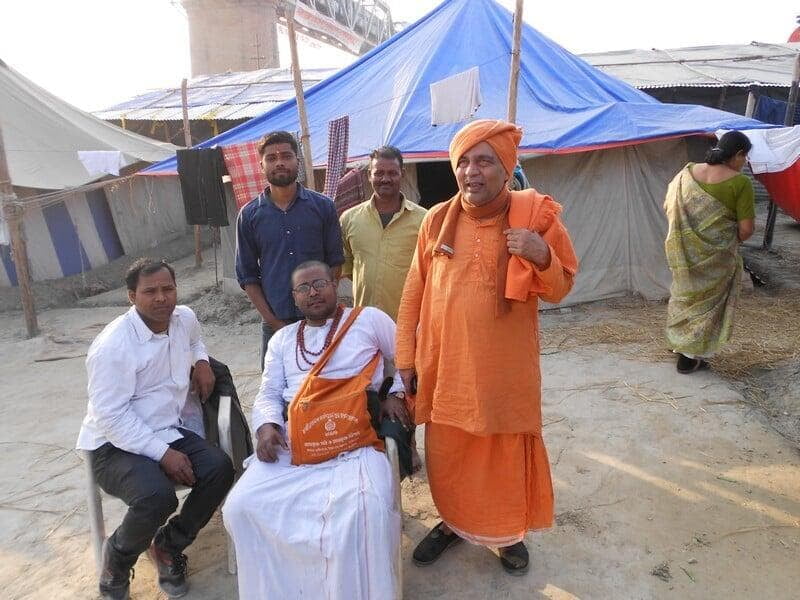Kumbha Mela at Prayagraj
The Kumbh Mela, the most sacred festival among Hindu pilgrims, traces its origins to a blend of mythology, history, and astrology. The word "Kumbh" is derived from the sacred "Amrit Kalash," meaning "Immortal Pitcher." According to legend, after the Devasura war, both gods (Devas) and demons (Asuras) agreed to churn the ocean to obtain Amrit, the nectar of immortality. Mount Mandarachal served as the churning rod, and the serpent Vasuki acted as the churning rope. Fourteen precious items emerged from the churning, which were divided among the Devas and Asuras. However, when Dhanvantari presented the Amrit Kalash to the gods, another conflict arose.
Lord Vishnu, in the guise of Mohini, intervened, suggesting that everyone should partake of the Amrit. He entrusted the Amrit Kalash to Indra’s son, Jayant. As Jayant fled to protect the Amrit from the demons, drops of the nectar fell on four locations on earth: Haridwar, Nashik, Ujjain, and Prayagraj. These places, touched by the divine nectar, became sacred sites for the Kumbh Mela. Following Vishnu's orders, the Sun, Moon, Saturn, and Jupiter also guarded the Amrit Kalash, which led to the alignment of these celestial bodies in specific zodiac signs—Leo, Aquarius, and Aries. Consequently, these alignments became symbolic of the Kumbh festival, intertwining it with astrology.
According to astrological calculations, the Kumbh Mela is celebrated in four distinct ways:
- When Jupiter enters Aquarius and the Sun enters Aries, the Kumbh festival takes place on the banks of the Ganga in Haridwar.
- When Jupiter enters Aries and both the Sun and Moon enter Capricorn, the Kumbh festival is celebrated at the Triveni Sangam in Prayagraj on the day of Amavasya.
- When Jupiter and the Sun enter Leo, the Kumbh festival occurs on the banks of the Godavari in Nashik.
- When Jupiter enters Leo and the Sun enters Aries, the Kumbh festival is held on the banks of the Shipra in Ujjain.
Tradition attributes the formal starting of the Kumbh Mela to the great 8th-century philosopher Sri Shankaracharya, who organized a regular assembly of learned ascetics for debate and discussion. The legend of the Kumbh Mela, adapted from the Puranas, recounts the struggle between the Devas and Asuras over the sacred Kumbha (urn) of Amrit, the final jewel obtained from the Samudra Manthan (churning of the ocean). During the ensuing struggle, a few drops of Amrit fell at Haridwar, Nashik, Ujjain, and Prayagraj. It is believed that these drops transformed the waters of the related rivers into the vital Amrit, offering pilgrims the opportunity to bathe in the spirit of purity, auspiciousness, and immortality.
Historical evidence suggests that during the reign of King Harshavardhan (590-647 AD), the Kumbh Mela gained widespread recognition across different regions. The renowned traveler Hiuen Tsang documented the grandeur of the Kumbh Mela in his travelogue, highlighting King Harshavardhan's generosity. The king held a grand convention every five years on the sands where the holy rivers meet, distributing his wealth among the poor and religious people of all classes, a practice continued by his descendents.
The Kumbh Mela at Prayagraj is considered the most significant of all Kumbh festivals, symbolizing knowledge and enlightenment. The Sun, a symbol of knowledge, rises during this festival. According to scriptures, Brahma performed the Ashwamedha Yagna at Dashashwamedh Ghat, at the confluence of the holy rivers Ganga, Yamuna, and the invisible Saraswati, to create the universe.
The Kumbh Mela is a profound event that attracts millions of devotees, spiritual seekers, and tourists. It is a subject of ongoing research for scholars, who explore its origins and the evolution of its immense appeal. However, one thing remains clear: The Kumbh Mela is not just a festival but a testament to the enduring human quest for knowledge, harmony, and spiritual enlightenment.
